Article written by Chris Morita Clancy, SOYA, IYTA, E-RYT500 Vijnana Yoga International, Founder of Embodied Biotensegrity
Can Biotensegrity Change Everything?
Even Our Approach to Yoga?
How does the way we think about the body shape the way we practice and teach yoga?
Does it influence the way we feel and the way we act in the world?
Does it impact who we are and who we will become?
Maybe, like my friend Amy Hoare Nassar, you have been faced with these same questions. Maybe, like Amy you’ll be excited to find that biotensegrity transforms our understanding about the body and biology, inviting us to focus on inner-listening, interconnectedness and wholeness.
As a new teacher, Amy was excited to be sharing the practice she loved. She enjoyed seeing her students becoming stronger and more flexible. She loved watching anxiety and stress leave their bodies and faces as they tapped into breath and movement.
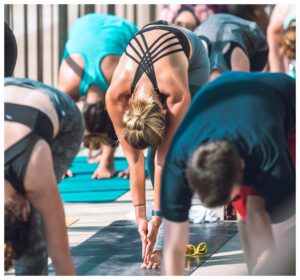 Yet, she also felt conflicted.
Yet, she also felt conflicted.
Like many others, Amy had graduated from a yoga teacher training that included a thorough grounding in anatomy and biomechanics. She had been told that asana is best taught in a directive manner. Students needed to hear clear instructions to “stack their bones”, “straighten their spines”, and “strengthen their core” in order to stay safe and to gain the benefits of a yoga practice.
Amy says, “I became rather disconnected” and “I didn’t feel good in my body.” She found that the top-down approach espoused by most teachers discouraged deep inner listening. Instead of taking cues from her own body, she followed their instructions to isolate muscle groups, square her hips and move towards “the full expression” of the pose.
Amy found herself constricted by a system that reinforced the mental and emotional trauma that she was hoping to heal. She knew that the way we think influences what we do, how we do it, and ultimately our life experience. She wondered, “Is there an alternative to the modern western lens of the body as a machine and all its consequences?”
Amy had taken a short workshop with me at her YTT so she knew that the answer is YES. She understood that biotensegrity is an emerging science that gives us a new way to think about the body. One that emphasizes wholeness over parts and offers an alternative to hierarchical organization. Amy recognized biotensegrity as a model of the body as self-emerging, self-adapting, and self-healing, one that brings an invitation to inner listening as a way of practice.
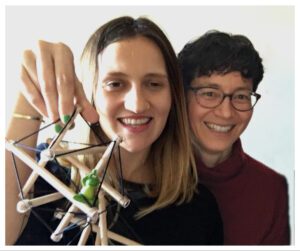
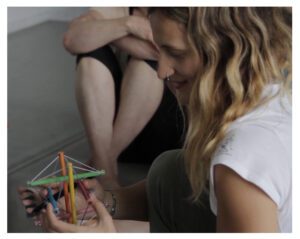
During my 40-hour Embodied Biotensegrity Training, Amy learned about biotensegrity and was invited to explore yoga through a new lens. She found that the somatic approach to practice left her feeling great. She felt connected, calm, balanced and empowered on many levels. Sometime after the training, she exclaimed:
“Biotensegrity changes everything!”
Amy wasn’t referring to some magical wave of a wand that shot her into the limelight and made her a superstar teacher. Instead, she was emphasizing how learning about biotensegrity did more than change the way she perceives her body, it brought a shift in paradigms that changed the way she practices and teaches. Not only that, learning about biotensegrity changed the way she relates to herself, others and with all of nature.
How can this be?
Machines are designed with the intellect and build by humans for a specific and often singular purpose. They are made of parts and can be broken and fixed. Not only that, our modern western lens is shaped by hierarchy, concepts of mind over matter and the call to divide and conquer.
The concept of biotensegrity offers a radical departure from these ideas:

We are not designed and built by our parents. From the moment of conception as a single-celled zygote, and through all of the stages of development, growth and aging, we are ever self-emerging. We are constantly self-adapting, undergoing countless and continuous changes in response to moment-to-moment conditions. Life is an awe-inspiring dance that can never be totally understood nor controlled by the mind.
We are not simply objects with parts put together into a human being. We are the subjects of our lives. We are being human. We are always in process – whole, living, being, and becoming.
Learning about biotensegrity shakes up many of our unquestioned assumptions and invites new questions. It can be both exciting and overwhelming.
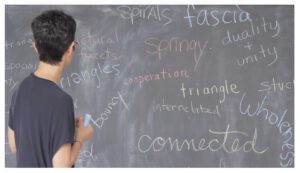
Exciting, because we are entering into new and often unexplored territory. We are changing the lens through which we see the body and even our world. As a yoga teacher, you are in a good place to explore these changes. Biotensegrity brings a better explanation of what we see in our students and what we experience in our own bodies. It brings ideas that are more closely aligned with yoga philosophy and thus can help soften our natural inclination to dwell on division and separateness.
Biotensegrity is new to most people. It is a complex systems science that includes concepts we didn’t learn in grade school so sometimes, along with excitement, it can also overwhelm.
The best place to start is right where you are. Know that you have a lifetime of unique knowledge and experience to bring to the discussion. Notice what sparks your interest and let that be your doorway in.
Begin by sharing your enthusiasm amongst a community of biotensegrity enthusiasts. You’ll find that learning has an ebb and flow. You won’t be alone as you ride the never-ending cycle from confusion to clarity, and clarity to confusion. This is an experience shared by all who have endeavoured to gain a good understanding of biotensegrity. It brings a sense of humility that has helped forge a strong and welcoming community of shared learning – a safe place to learn how to express new ideas and grapple with new concepts.
Biotensegrity is a paradigm shift in the way that we think about the body. Can a deepening understanding create a change in thought, word, and deed? How might it change the way we practice and teach yoga? And how might this influence the way that we feel in our bodies, minds, and communities?
In my experience, and in Amy’s, understanding biotensegrity really does change everything. It inspires us to bring a sense of exploration and play to movement practice. It can open space to heal, body, mind, and spirit from inside. It is a doorway to new explorations, innovations, and discovery with an ever-expanding community of folks who are ready for this profound shift.
We’d love for you to join us, because, as Amy said,
“Biotensegrity changes everything!”
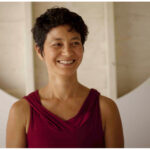
Chris Morita Clancy has trained yoga teachers with SOYA and Vijnana Yoga International. She has been involved in educating others in biotensegrity for over 15 years. Out of this passion, she started a 40-hour biotensegrity inspired training for yoga teachers in 2016. Since then, Chris has developed Embodied Biotensegrity into an international, online community where people from various professions come together in the spirit of collaborative learning and discourse.
As a leader within the community, Chris is a board member of the Stephen M. Levin Biotensegrity Archive, a founding member of Pacific Northwest Biotensegrity Interest Group (PNWBIG). She is also a contributor to “Everything Moves: How biotensegrity informs human movement” by Susan Lowell de Solórzano (Handspring Publishing, 2020) and Spiral Bound: Biotensegrity for Yoga by Karen Kirkness (Handspring Publishing, 2021)

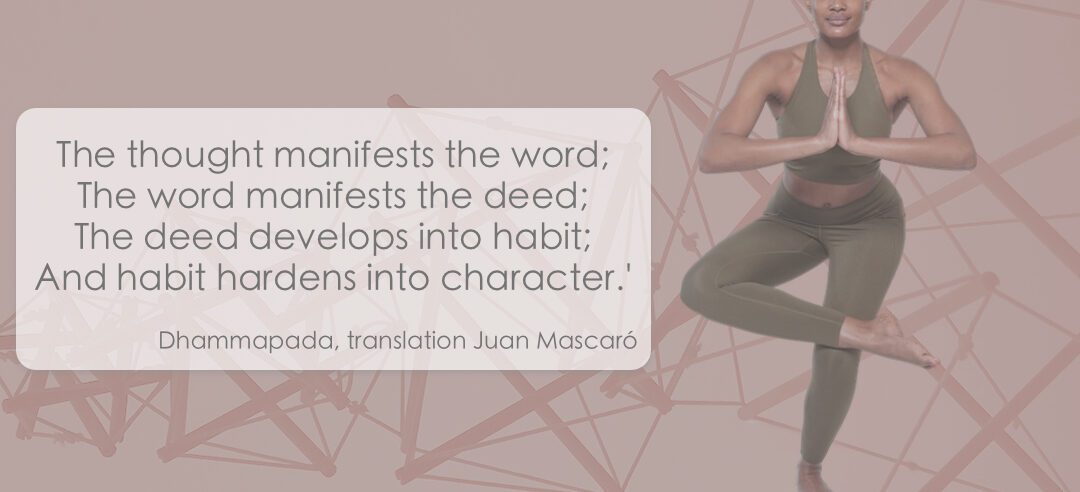

Recent Comments